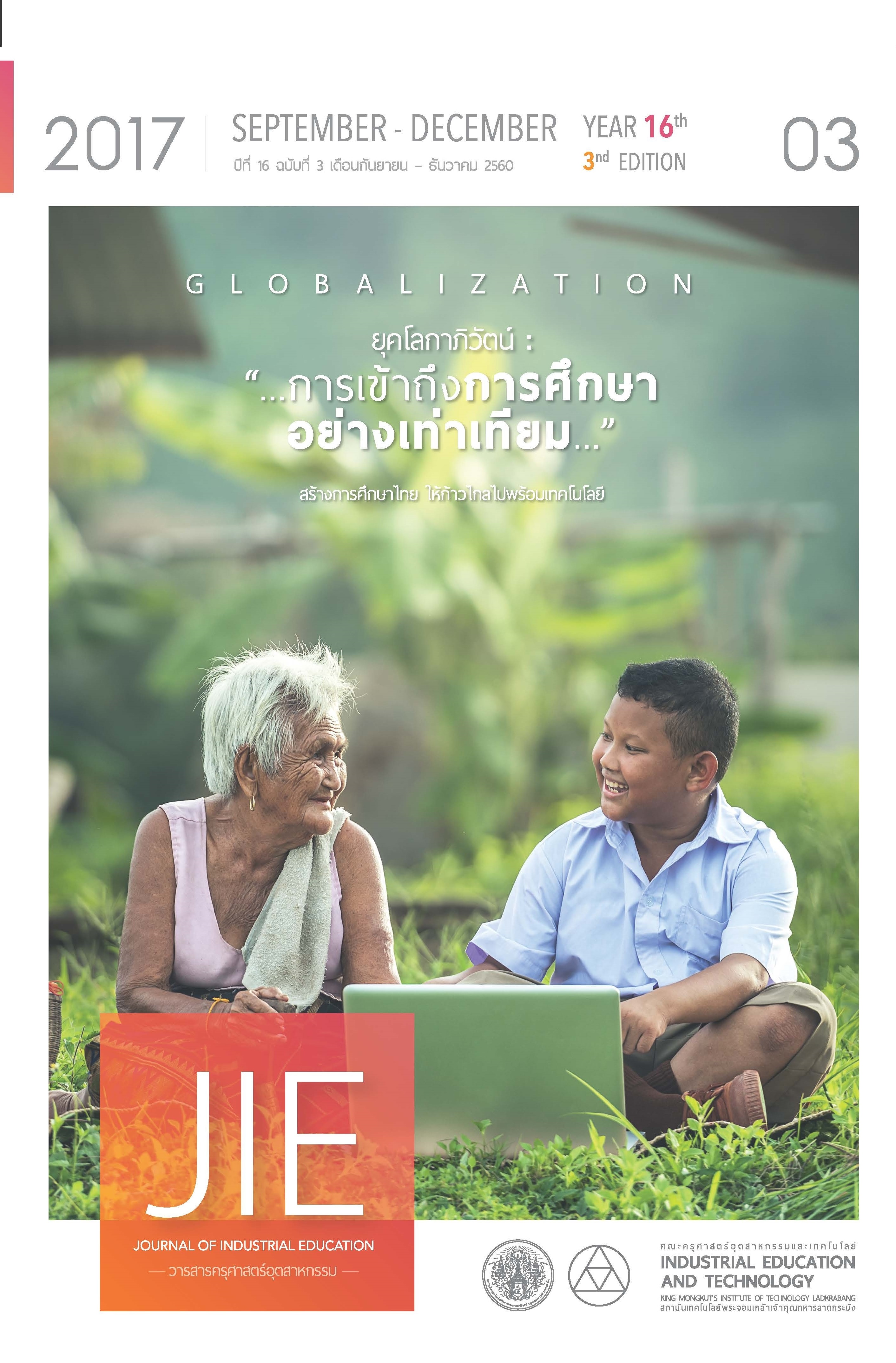A COMPARISON STUDY OF ISAN AND OKINAWAN DYEING AND WEAVING
Keywords:
dyeing, weaving, isan textile, okinawa textile, ikat, float weavingAbstract
This academic article presents a comparison study of the dyeing and weaving in Isan, Thailand, and Okinawa, Japan. There were field trips to main weaving and dyeing areas in Okinawa and Kume island where interviewing and practicing took place. The collected data is compared to that of Isan. Although each has their own remarkable textile crafts and cultures, they share some common dyeing and weaving techniques. This is because of cultural diffusion through trading in ancient times to all over Asia. Afterwards, each has developed its own technique and design according to their environment. The results of the comparison are in 2 topics as following. 1. Dyeing: Natural dyeing materials are used in both places but difference in local material types. Because of topography of the islands, there are number of minerals used for dyeing in Okinawa. There is also a traditional dyeing technique for fabric, Bingata, which is a rice paste-resist dyeing through a cut-paper stencil or in a freehand method. 2. Weaving: Silk and cotton fibers are used for weaving in both places but difference in local types. In additions, ramie and banana fibers are used in Okinawa. There are also similar in weaving techniques that are Ikat; the technique of making patterns that warp or weft threads, or both, are tie-dyed before weaving, and pattern weaving which is like Float Weaving; the technique of making patterns with floating threads. However, there are differences in processes and patterns. Benefits of the comparison are to improve and develop dyeing and weaving as well as to create new designs by applying certain techniques.
References
[2] The Queen Sirikit Department of Sericulture. (n.d.). Silk Ikat Textile. Retrieved August 5, 2016, from https://www.qsds.go.th/monmai/cloth_history.php?cloth_id=3
[3] The Queen Sirikit Department of Sericulture. (n.d.). Identity of Thai Textile in Regions. Retrieved August 5, 2016, from https://www.qsds.go.th/silkcotton/knowledge.php
[4] Institute for Small and Medium Enterprises Development. 2012. Thai Identity: Idea Capital, Creative Capital. Pathum Thani: Institute for Small and Medium Enterprises Development.
[5] The Queen Sirikit Department of Sericulture. 2014. Standard of Sericulture. Bangkok: The Agricultural Co-operative Federation of Thailand.
[6] Brandon, R. M. & Stephen, B. B. 1990. Textile Art of Okinawa. The United States of America: Edward Enterprises, Inc.
[7] Sano, K., Ishiguro, T. & Maito, M. (Eds). 2004. Textile Across the Seas: Okinawa Island, Kume Island. Japan: Art Press Co., Ltd.
[8] Kamida, N. (2016, July 11). Chibaha Hana-Ori Association. [Interview].
[9] Okinawatime, 2009. Ryukyu (Okinawan) Traditional Crafts Dyeing and Weaving. etrieved August 1, 2016, from https://Okinawatime.com
[10] Matsumoto, T. (2016, July 13). Chief Director. Kumejima Tsumugi Cooperative Association. [Interview].
[11] Miyara, M. (2016, July 12). Curator. Kumejima Museum. [Interview].
[12] Wannamas, S. 1991. Thai Textile: Isan Pattern. Bangkok: Aksorn Sampan.
[13] Hongthongdang, V. 2005. Natural Dyes from Plants. Bangkok: P.Press.
[14] Chanawangsa, T. and Samannachart, S. 2014. A study on the potential development and evolution of handicrafts made from jute within a community in Northeast Thailand. Journal of Industrial Education, 13(1), p. 63-70.
Downloads
Published
How to Cite
Issue
Section
License
"The opinions and contents including the words in papers are responsibility by the authors."
"ข้อคิดเห็น เนื้อหา รวมทั้งการใช้ภาษาในบทความถือเป็นความรับผิดชอบของผู้เขียน"



